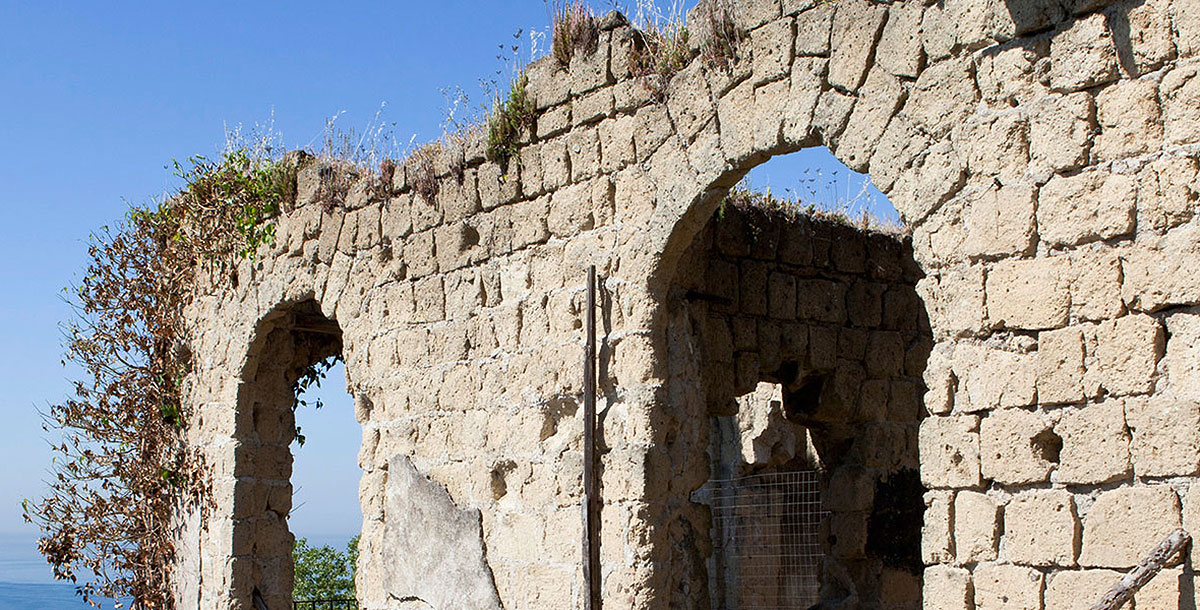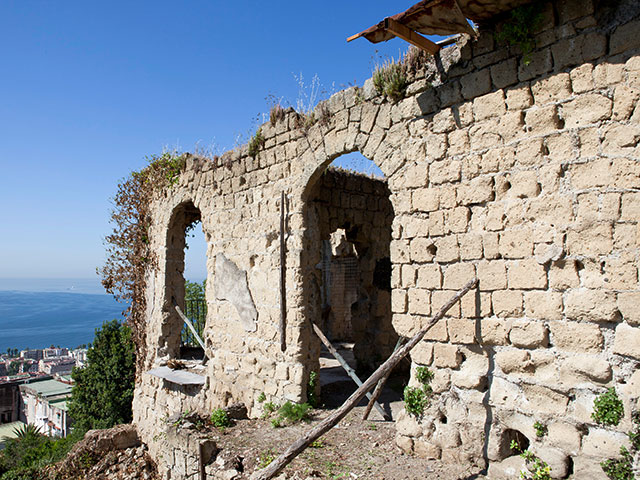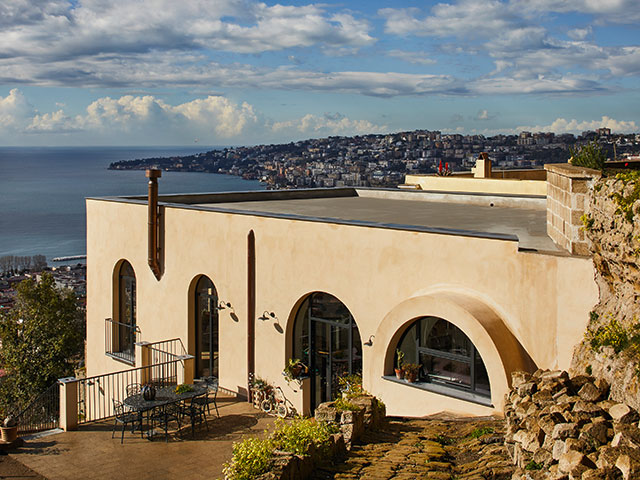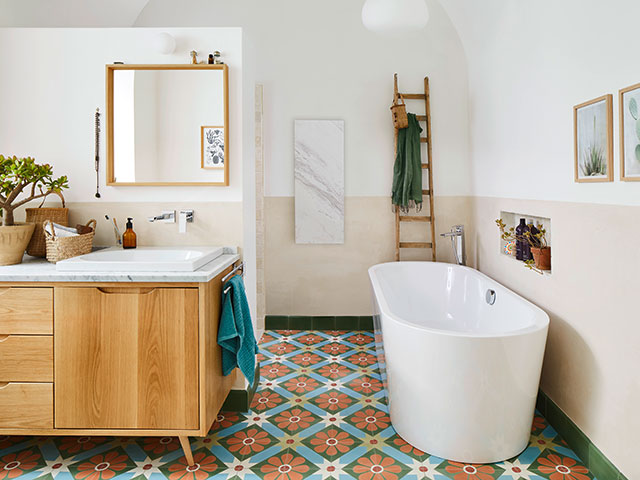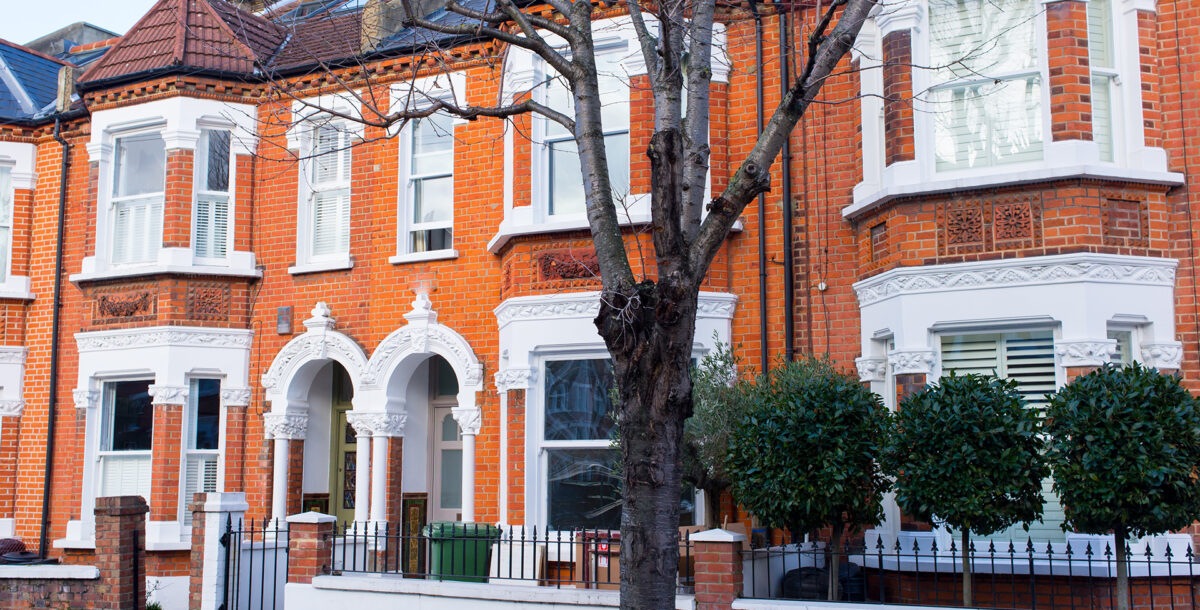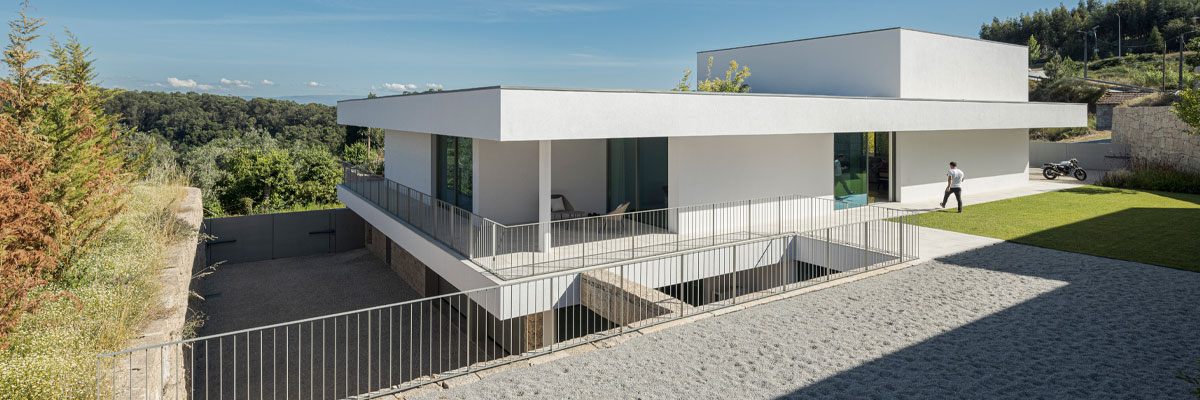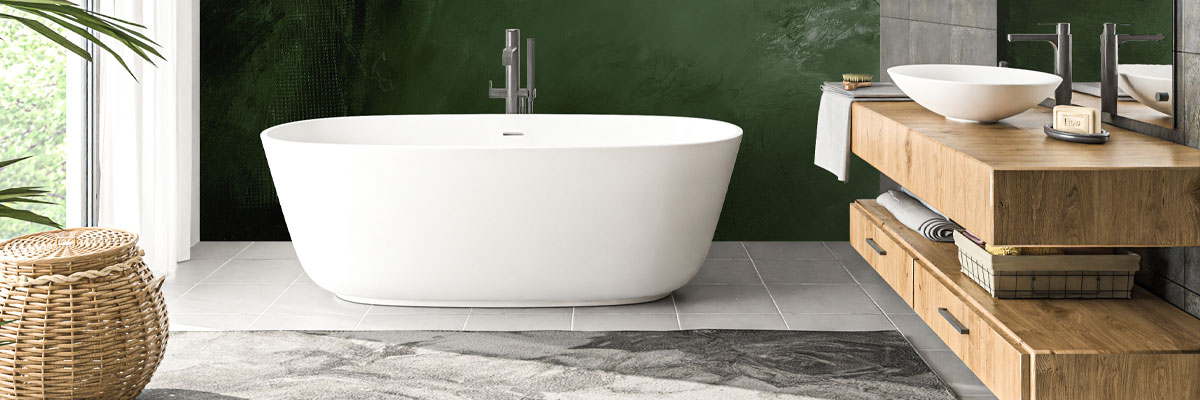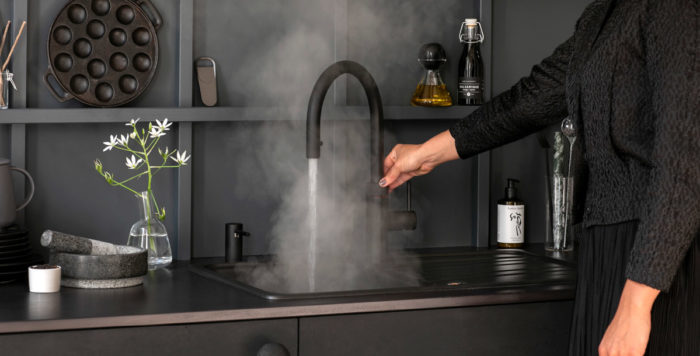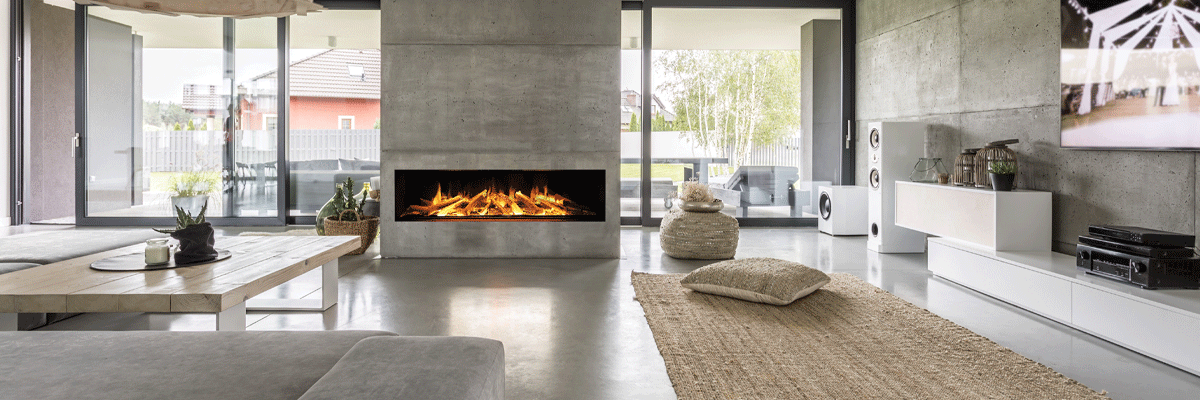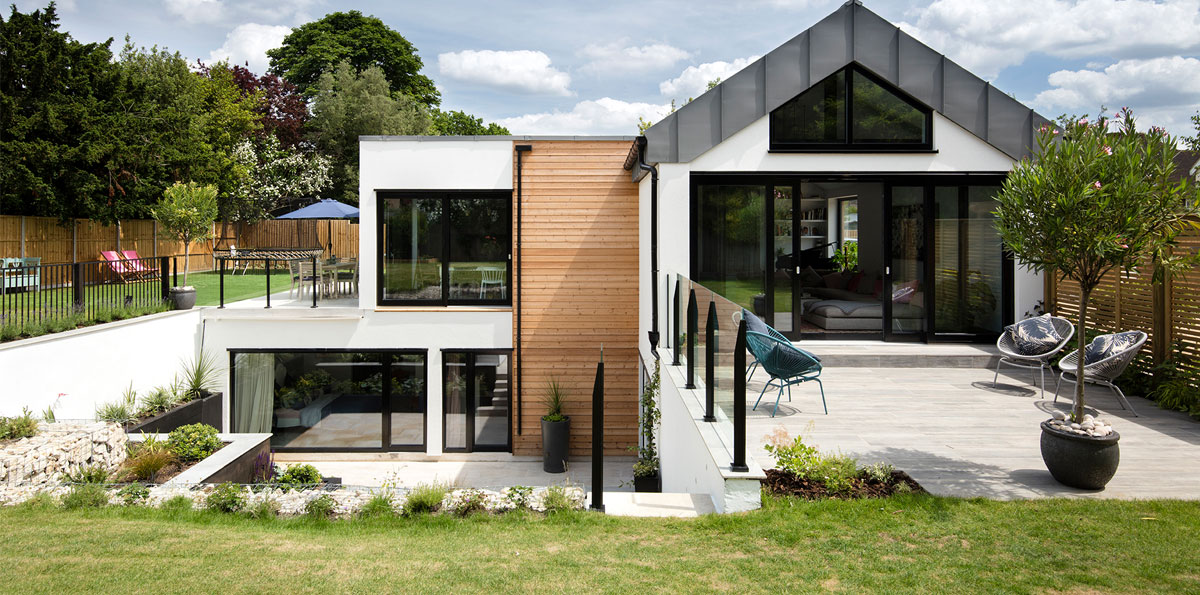Before and after: a ruined Italian monastery restored
See how this crumbling ruin was respectfully converted into a modern, family home
After studying and working abroad for a number of years, the new owner of this once-crumbling monastery in Naples wanted to move back to his childhood hometown to live alongside his parents and family.
In searching for the ideal spot to return to, Giovanni, with new wife Janine, turned up nothing in their desired area of Vomero Hill, so turned their attention to a ruined monastery nearby as a potential solution.
A more challenging prospect than they first considered, there was not only a strict preservation order on the 700 year old monastery, but Vermora Hill also sits in Naples 13th district, known as ‘upper town’.
The area stands on a hill, overlooking a spectacular view that incorporates Vesuvius, the Gulf of Naples and the isle of Capri, and can only be accessed via cable carts and a series of steep steps.
Building materials and products would have to be transported up 150 steps during the build – and as result, one person was hired throughout the 15 month construction process to drive up and down the hill in a tracked vehicle.
A restoration project
The preservation order meant that the same building materials used to originally construct the monastery had to be specified by the couple. Chalk and regional sandstone had to be used for the renovation, while no cement was used at all.
‘It was particularly important for us to use traditional materials as much as possible both for the building and the internal restoration, and to work with suppliers from the local region,’ explains Janine.
Honouring the original structure
The architecture and the interiors sought to be restrained and respectful of the ruin’s history.
The curved arches of the windows, most notably, have been replicated in the restored building, while designer Stephen Poeppelmann explained that they chose not to remove corners and niches in existing walls, using them as spaces to integrate shelves and seating instead.
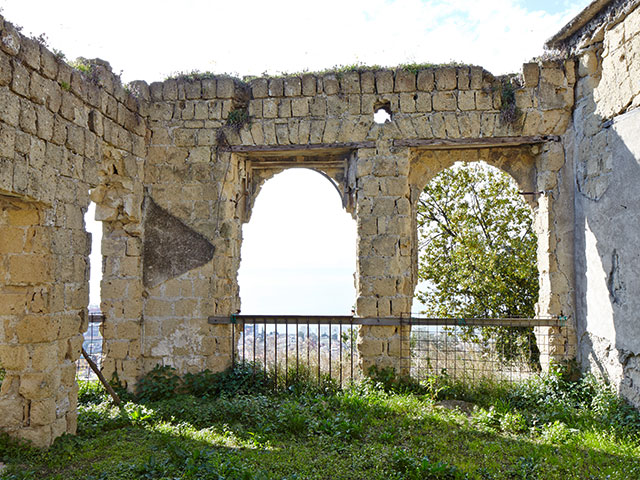
Photo: Kaldewei
Modern, yet respectful design
The beautifully-designed interiors are full of rustic, Italian charm, but the design, even down to the colour palette, has been composed thoughtfully in respects to building’s past life. ‘The colours… a delicate pastel green and warm shades of brown… are restrained and are reminiscent of the vineyard landscape,’ explains Stephen.
Salvaged floor tiles and colourful apothecary bottles unearthed during the build are also used throughout the property.
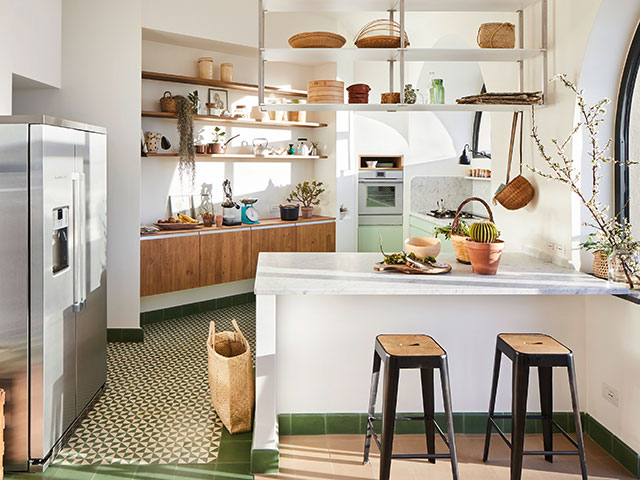
Photo: Kaldewei
High-spec finishes
The master bathroom sits under a round-arched ceiling, a motif picked up in the space’s use of bathroom furniture. The Meisterstück Classic Oval Duo bath from Kaldewei features these smooth curves, elevating the concept into a modern design aesthetic.
The Centro countertop washbasin also echoes the rounded shape, and the space is finished with a Scona shower in Pearl Grey matt, inserted into the colourful tiled floor.

